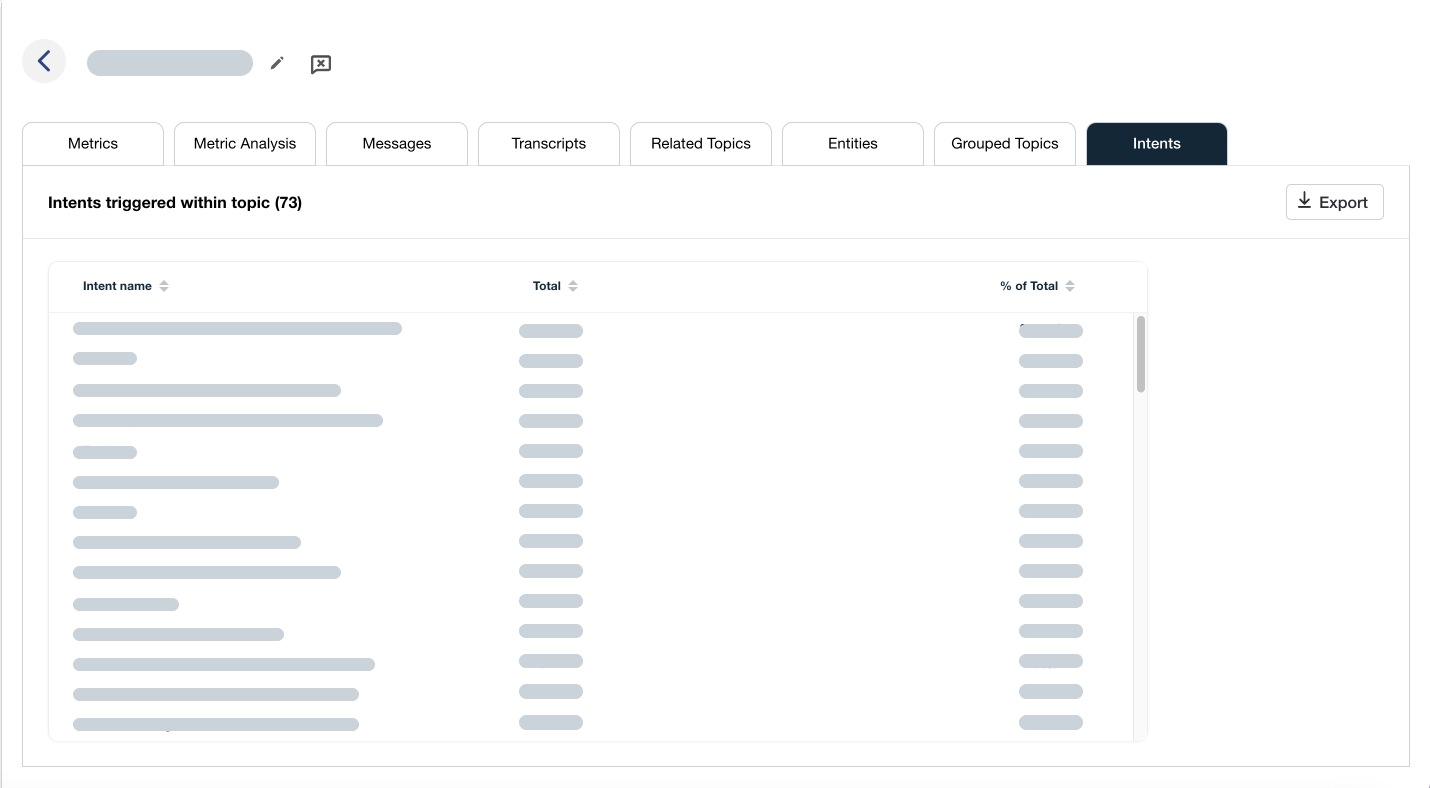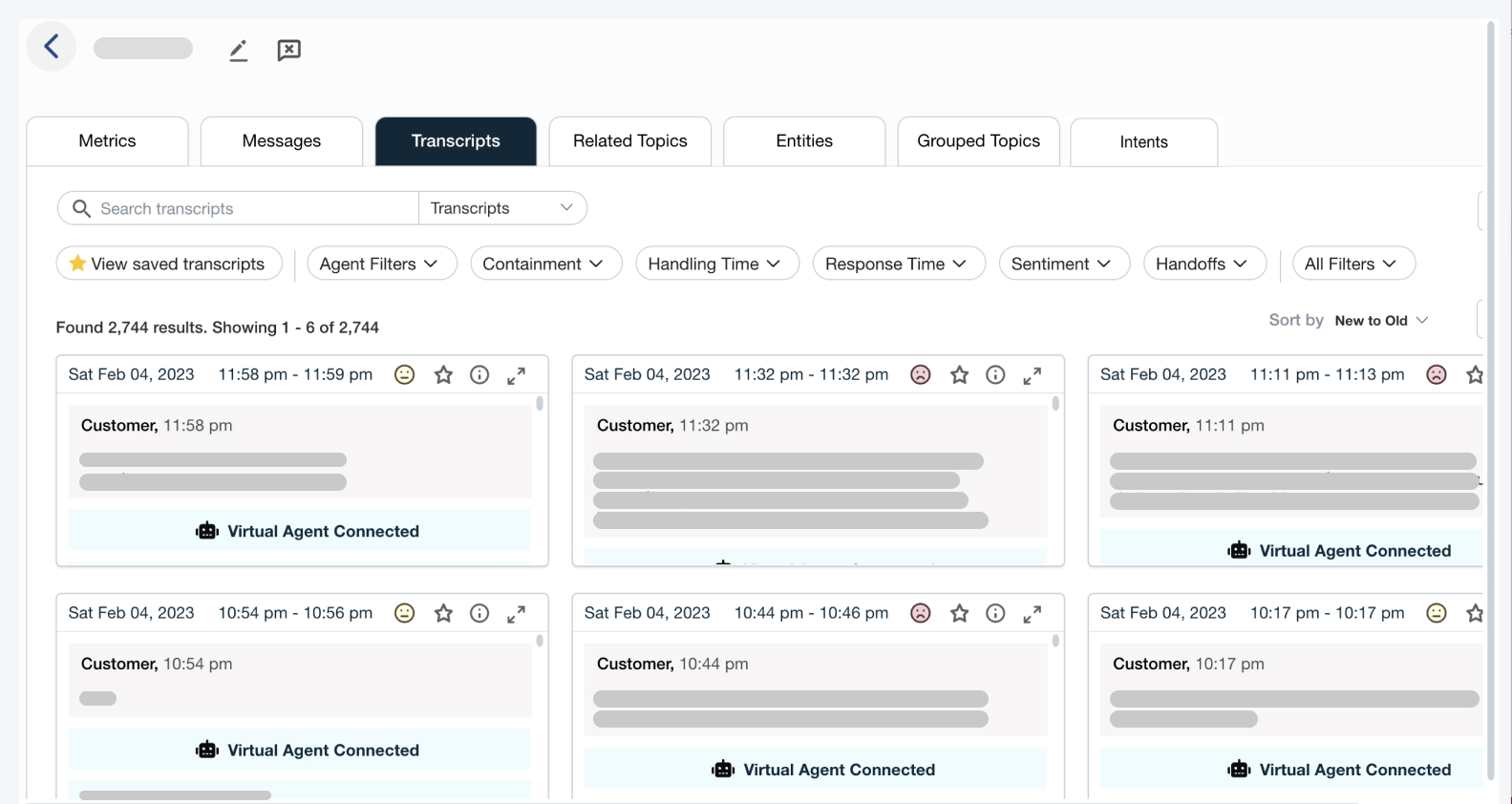Contact Center Talent in These Changing Times, Part 3 – The Rise of the Research Team, Making Executive Leadership Even Stronger
Contact Center Talent in These Changing Times, Part 3 – The Rise of the Research Team, Making Executive Leadership Even Stronger

This guest post is authored by Steven Kaish, SVP, Product Marketing & Technical Partners at Glia.

This is especially true for contact centers that, at the forefront of the customer experience, have access to vast amounts of data containing highly valuable customer information. Analytics software is helping contact centers tap into that information for a better understanding of customer preferences, expectations and requirements. Well beyond determining peak ‘call times’ and ‘frequently asked questions,’ analytics solutions today are providing granular customer details in near real-time, helping contact centers get smarter, faster and more immersive.
Analytics are Driving the Data-Driven Approach
On a macro level, analytics software is revealing crucial and even surprising information about the overall business to help guide management decisions. Patterns and trends from ACD reports, quality surveys and staffing systems, for example, can guide better decisions for routing rules, staff schedules and agent coaching programs.
Predictive analytics can enable management to look ahead and run ‘what-if’ scenarios that help with risk assessment, sales forecasting and resource management. Beyond improving contact center performance, predictive analytics can also produce highly valuable data that can benefit clients. For example, assessing customer churn and even determining customer lifetime value under various business models can help contact centers provide valuable business recommendations. This could create new revenue opportunities for the contact center to more closely partner with clients.
Rise of the Research Team
Where ‘data driven’ has become the business mantra of this era, analytics is the driving force behind it. And the opportunity is only growing as data explodes. The amount of data worldwide is doubling every three years with no end in sight. In fact, the pace is accelerating. But it’s not enough to have good data. It’s all about the results – the insight.
Plus, data is becoming more complex. Where in the past we mostly focused on structured data, coming from well-organized databases complete with keys and cross-references such as talk time organized by agent, group and queue, today we are seeing rapid growth of unstructured data. That’s to say raw data that is less organized and harder to analyze. Chat and email, for example, have rich transcripts that can provide insight. Digital Customer Service technology captures previously-unavailable contextual data about engagements. Such digital channels create extraordinary new opportunities to mine rapidly growing masses of contact center data. The most successful contact centers are putting data strategies front and center to maximize data value. That typically means creating a dedicated research team.
The research team is a relatively new group or department for most contact centers, requiring employees with a vastly different set of skills. This is not to be confused with the traditional IT team that maintains optimal ACDs, call routing and agent support systems. While the research team has a strong IT background, they are specialists in data science. Some contact centers may want to blend the IT and research teams – and perhaps there is some crossover. Still, IT and the research team have very different objectives. Smart contact centers will keep them clearly defined.
The New, Data-Driver Leadership
The rise of research and data analysis in the contact center is changing executive leadership roles. Just as contact center agents and managers have become more strategic as bots handle more routine customer requests, research teams are allowing management to also become more strategic.
Prior to creating a separate research team, most contact centers made data analysis part of executive leadership’s responsibility. While that might have made sense even a few years back when analytics were not as sophisticated, today it would be a tactical mistake. By focusing management on operations and core business decisions — while taking the increasingly complex and granular task of data analysis off their plate — contact centers can help executive leaders to become more strategic and equip them with the very best data to make decisions.
That’s not to say that the management team doesn’t have to have a strong understanding of analytics. Ideally, executive leaders should take a coaching approach in collaborating with the research team, much as contact center managers are increasingly mentoring and guiding agents. The research team could discover fascinating trends for the contact center, but without understanding the information that leadership needs to make critical business decisions, those efforts could be wasted.
Executive leaders should view the research team as a highly strategic asset and partner closely to maximize the results a good research unit can produce. This takes much of the guesswork out of big decisions, allowing hard data to replace assumptions. And let’s face it; the contact center business is highly competitive. Executive leadership needs every advantage it can get.
If managed well, a research team can power and guide executive leadership to run a more efficient, highly effective operation. Data insight from the research team can very well mean the difference between a rainy day and nothing but blue skies.
This was the final blog of our three-part series. To review, the rapid proliferation of new technologies, growing customer expectations and the rise of self-service options is forcing contact centers to rethink both technology and their talent. To be successful, contact centers must leverage AI, and bots in particular, to help manage routine and often tedious calls. As a result, agents are becoming more strategic to troubleshoot difficult issues that are beyond the capabilities of a bot. The contact center manager role too is evolving to become more of a coach/mentor as opposed to an autocratic taskmaster.
The rapid evolution of technology has greatly advanced analytics, driving many contact centers to create a research team that is dedicated to data analysis. This is providing unprecedented insight and creating great new opportunities for executive leadership to make better business decisions, faster along with future forecasting.
Companies that embrace these changes and constantly seek to improve will pull ahead and see a stronger future. As Johnny Nash used to sing, they’re ‘gonna have a bright, bright, sun-shiny day’.
*Johnny Nash passed away of natural causes at age 80 in October 2020. His hit “I Can See Clearly Now” topped the US charts at #1 in 1972.







